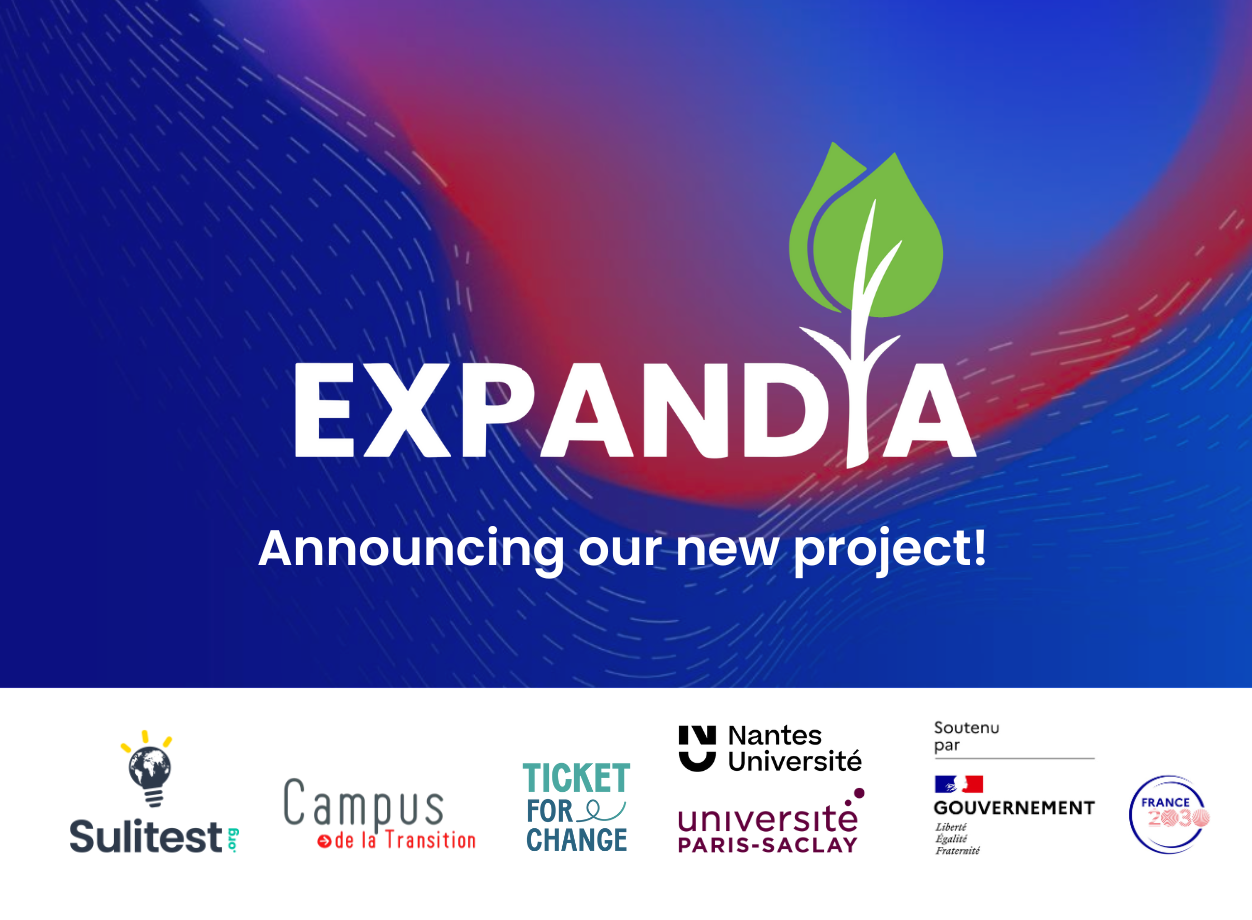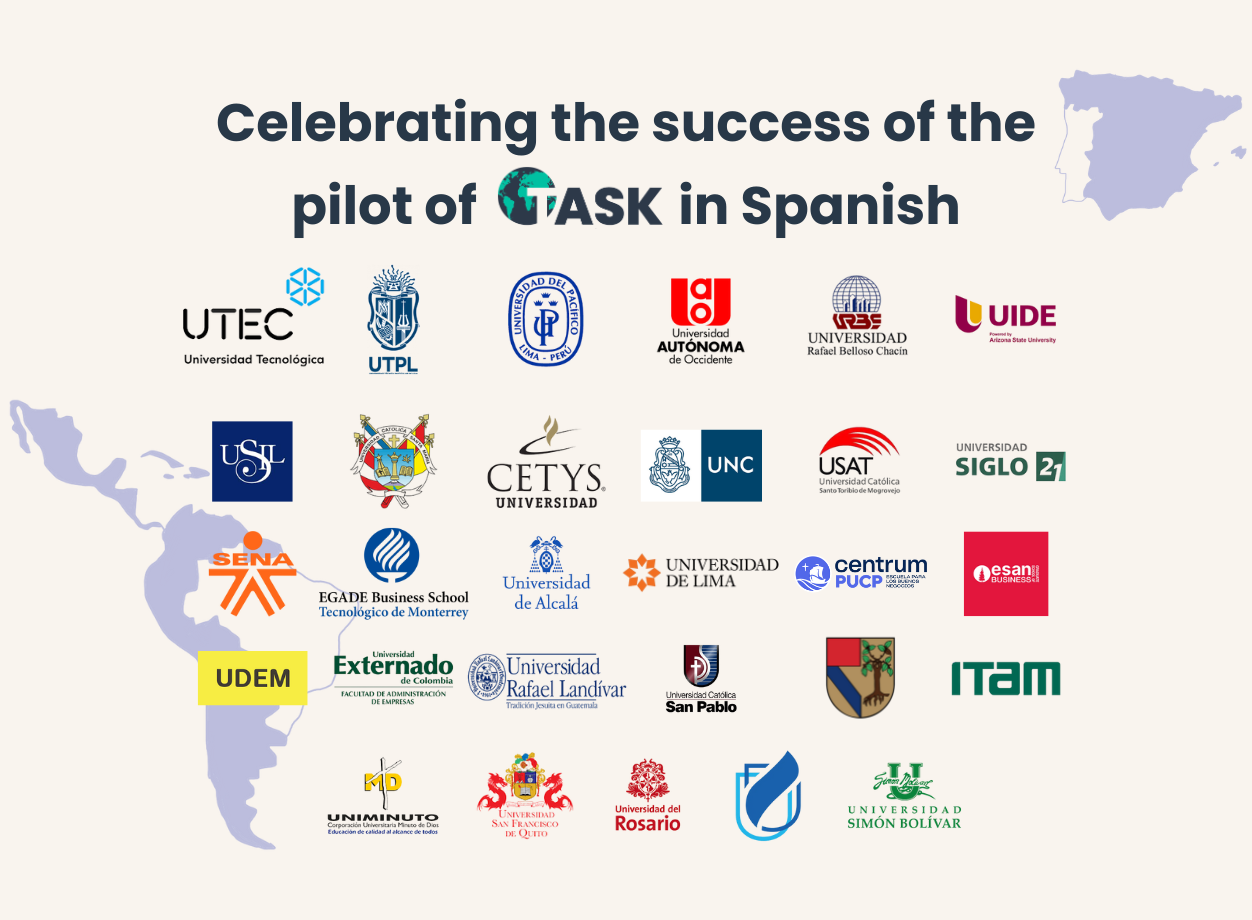
Navigating misinformation: tips to avoid unconscious bias in sustainability education

Being critical of the information we receive is increasingly difficult in a world where news spread at lightning speed—a trend significantly amplified in recent years by the rise and rapid expansion of social media. As extreme opinions and hate speech gain visibility through easy access and platform algorithms, nuanced perspectives—often found in long-form content—are less and less easy to find.
The importance of developing students’ critical thinking is more urgent than ever. Being “critical” involves careful or analytical evaluations. At its core, this means learning to question apiece’s intent, its target audience, and its underlying goals, in order to understand the context in which it was produced. This approach helps us assess how objective and trustworthy a given document truly is.
Sustainability is often a contested subject, which can be emotionally and politically charged. To help prepare students to be responsible readers and leaders, the advice that follows can be shared with students directly or incorporated into your own teaching.
Research Papers – How to know if it is reliable
1. Investigate the author’s agenda
It’s essential to ask: who wrote the piece, and when? These details often reveal a lot about the author’s perspective, affiliations, and intentions. A left-leaning outlet will typically interpret events differently from a right-leaning one. This isn’t necessarily about truth versus lies—rather, it’s about recognizing possible biases. The platform (journal, website, forum, etc.) also matters. Ask yourself: who is speaking, and why?
2. Think about the audience
Understanding who the paper is aimed at can offer key insight. Who is the intended reader? Who does the message serve? A piece written for experts will be very different from one crafted for the public.Knowing the target audience helps us understand the choices made in tone, content, and emphasis.
3. Always consider the source and intent
When reading any paper—whether it’s official, journalistic, academic, or informal—we should pay close attention to where it comes from and what its purpose might be. Understanding the document’s intent helps us approach its content with the right level of critical distance.
4. Examine the evidence presented
What kind of examples or data does the paper use to make its point? Is the evidence diverse and nuanced, or does it seem one-sided? Also, think about how the evidence is interpreted. Are the conclusions reasonable, or are they a stretch based on what is presented?
5. Ask: What is missing?
Sometimes what isn’t said is just as revealing as what is.Are certain voices, facts, or perspectives absent? Could those missing elements significantly change our understanding of the issue? Looking for these gaps helps identify blind spots and biases—and encourages us to seek out other sources to fill them in.
Social media - How to avoid misunderstanding and unconscious bias
When we rely on personal accounts (influencers, content creators, etc.) rather than on official media to stay informed, we become more susceptible to cognitive biases. These are deviations from logical, objective thinking that can distort how we process information—ultimately affecting our reasoning and judgment.
While traditional media is not free from bias, such distortions become even harder to recognize and resist when information comes from someone who we feel emotionally connected to through a parasocial relationship. Our desire to believe them—fueled by a sense of familiarity or trust—can cloud our critical thinking and compromise our ability to judge the information objectively.
What biases do we have?
- The “halo effect”. We tend to believe that a person’s perceived “beauty” gives them every other quality(intelligence, empathy, reliability, strength, etc.). Therefore, an“attractive” content creator will make us more inclined to believe what they say than a content creator we would judge less “attractive”.
- The “self-confirmation” bias.We are more willing to believe news that strengthens our pre-existing feelings/impressions as it feels reassuring. This can make us resistant to anything that would challenge what we already think we know.
- The “generalization” bias. It makes us think that one person’s experience of a situation is representative of the whole picture, and maybe that it is the only experience that is worthy of attention, even when other viewpoints exist.
- The “dramatization” bias. It is when we are too quick to jump to the worst-case scenario, then failing to consider or even ignoring more likely or balanced outcomes.
- The “negativism” bias. Our brain gives more importance to bad news than to good news (since we're wired to detect threats) and will remember it for longer. This makes negative information feel more intense and memorable than it may truly be.
- The “black or white”/ “all or nothing” bias. This can make us very extreme in our way of interpreting things, because we can end up radicalizing everything as "true" or“false” and therefore losing our ability to think critically and to see nuances, especially when facing a complex situation.
We often accept what someone says as true based on their appearance, relatability, or the first impression they give, rather than critically evaluating the actual content of their message. While personal stories and relatability are valid and are often what draw us to content creators in the first place, it is important to remember that they, like everyone else, carry their own biases. True neutrality is nearly impossible—every statement is filtered through a person’s unique perspective.
This isn't inherently wrong, but it is something to be mindful of. Before forming our own opinions, we should question not just what is being said, but how and why it is presented. Research has shown that who delivers information often has a greater impact on how it is received than the content itself. In many cases, our judgment is shaped more by our perception of the messenger than by the message.
What to ask yourself when gaining information through social media:
Who is sharing the information?
What other information did they share in the past? Who did they partner with in the past? What is their interest in sharing that story? Do they have commercial interest in sharing that story, and if yes, how does that affect how they present the story?
What evidence is provided?
On social media, especially if it is on their own personal platform, people share many impressions, feelings, personal stories, etc., which are relevant but cannot be all we rely on to inform ourselves.
Are there any sources cited at all, or is it just a “temper” opinionated video? Are the sources cited clear and reliable? Are they institutional? Where does the information come from? As described above, we should consider potential biases and critically assess the source.
What is the length of the document, and does it seem long enough to be informative?
The risk with short content is to take, literally, shortcuts: to erase a whole part of the storyline or to miss proper contextualization because of a lack of time. The other risk is “reactivism”: short form content tends to be more emotional and “on the spot” rather than well thought out, which can lead to “easy anger” or “quick temper”. Many situations are complex and need a thorough analysis of the different events and points of view.
Spread the word
We hope you found this article useful. Don’t hesitate to share it with your colleagues and students or share with us how you are contributing to developing critical thinking in your classroom.
Moreover, if you're interested in knowing more about how Sulitest supports sustainability education or if you’d like to contribute to these efforts, contact us.












